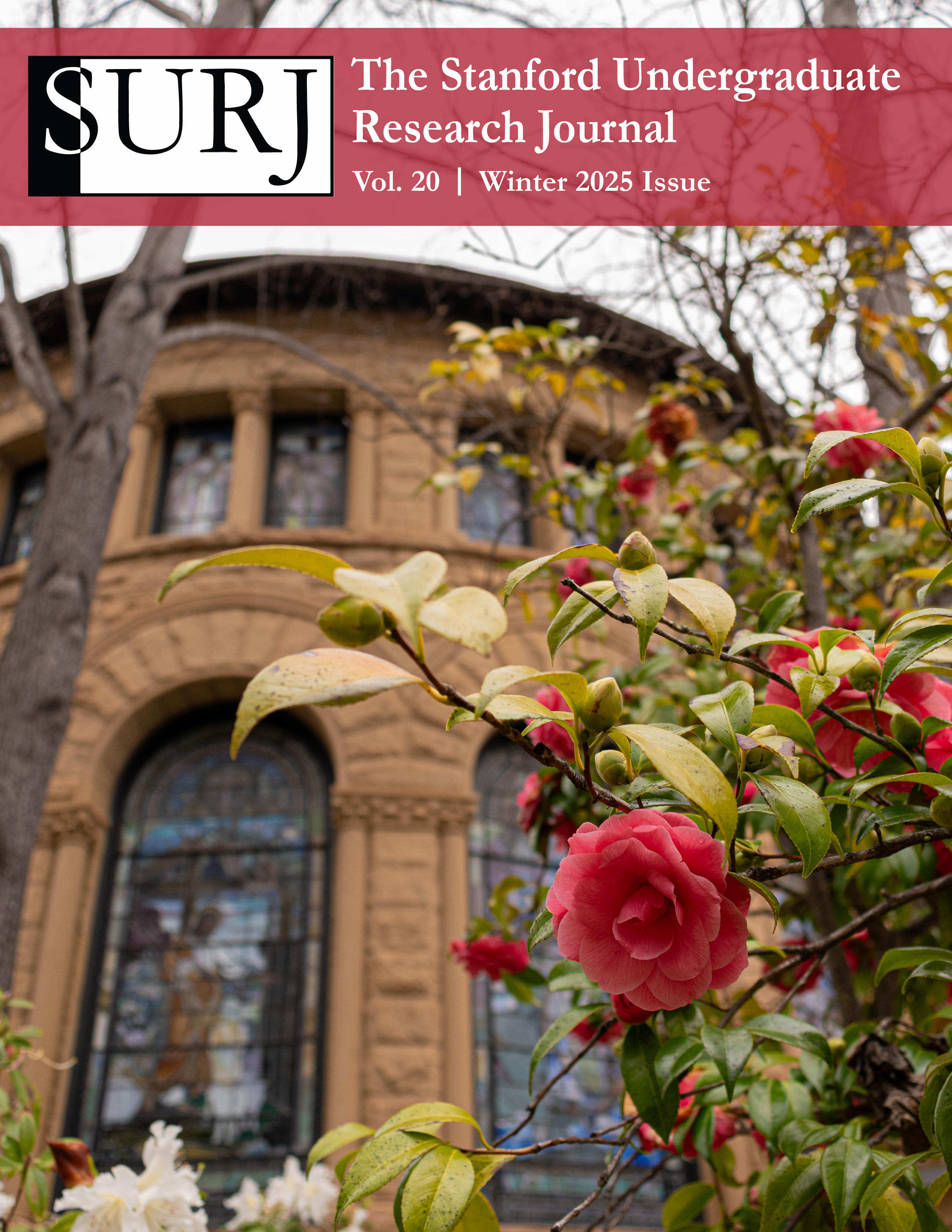The Fabrication of Colored Cellulose-Based Hydrogels For Solar Water Purification
Keywords:
Water Purification, Urbanization, Hydrogels, Pollutants, PotabilityAbstract
Pollution and the depletion of clean drinking water sources have made maintaining freshwater supplies a subject of constant concern. Industrial waste dumping within aquatic ecosystems has further compounded this problem and contributed to a rise in infectious waterborne diseases, such as botulism and cholera (Schooner 2015). Therefore, environmentally responsible water purification technology development is essential to ensure a reliable supply of fresh, potable water. One of the most promising emerging technologies for water purification is the hydrogel. Recent studies have shown that hydrogels lower the amount of solar energy needed to evaporate water, thus increasing the efficiency of evaporation-based solar water purification systems (Weerasundara et al. 2021). Although evaporation efficiency rates may vary with the structure and composition of the hydrogel, no study has yet ascertained how hydrogel color affects evaporation efficiency rates. Therefore, this study investigates the impact of different hydrogel colors on water evaporation rates in an experimental solar water purification system utilizing xenon light. The hydrogel colors tested included red, green, and translucent. Consistent with the assumption that hydrogels with the darkest dye would promote the fastest evaporation, red hydrogels performed the fastest, followed by green and transparent hues. This effect may be due to different dyes absorbing different wavelengths of light at unequal rates. Overall, this study provides new insights into the future direction of hydrogels and can help address remaining challenges in the field of water purification.
Downloads
Published
Versions
- 2025-03-14 (2)
- 2025-03-14 (1)


